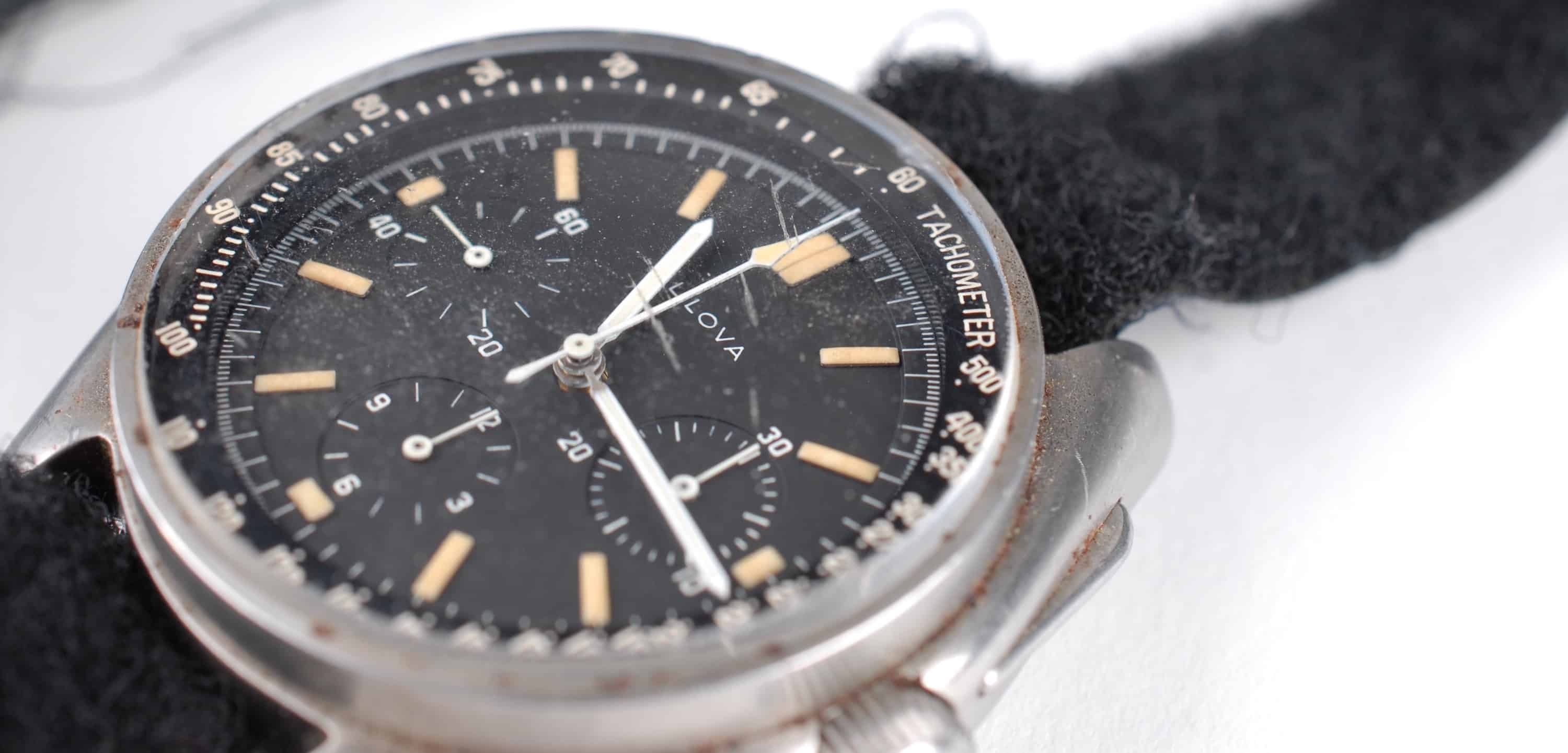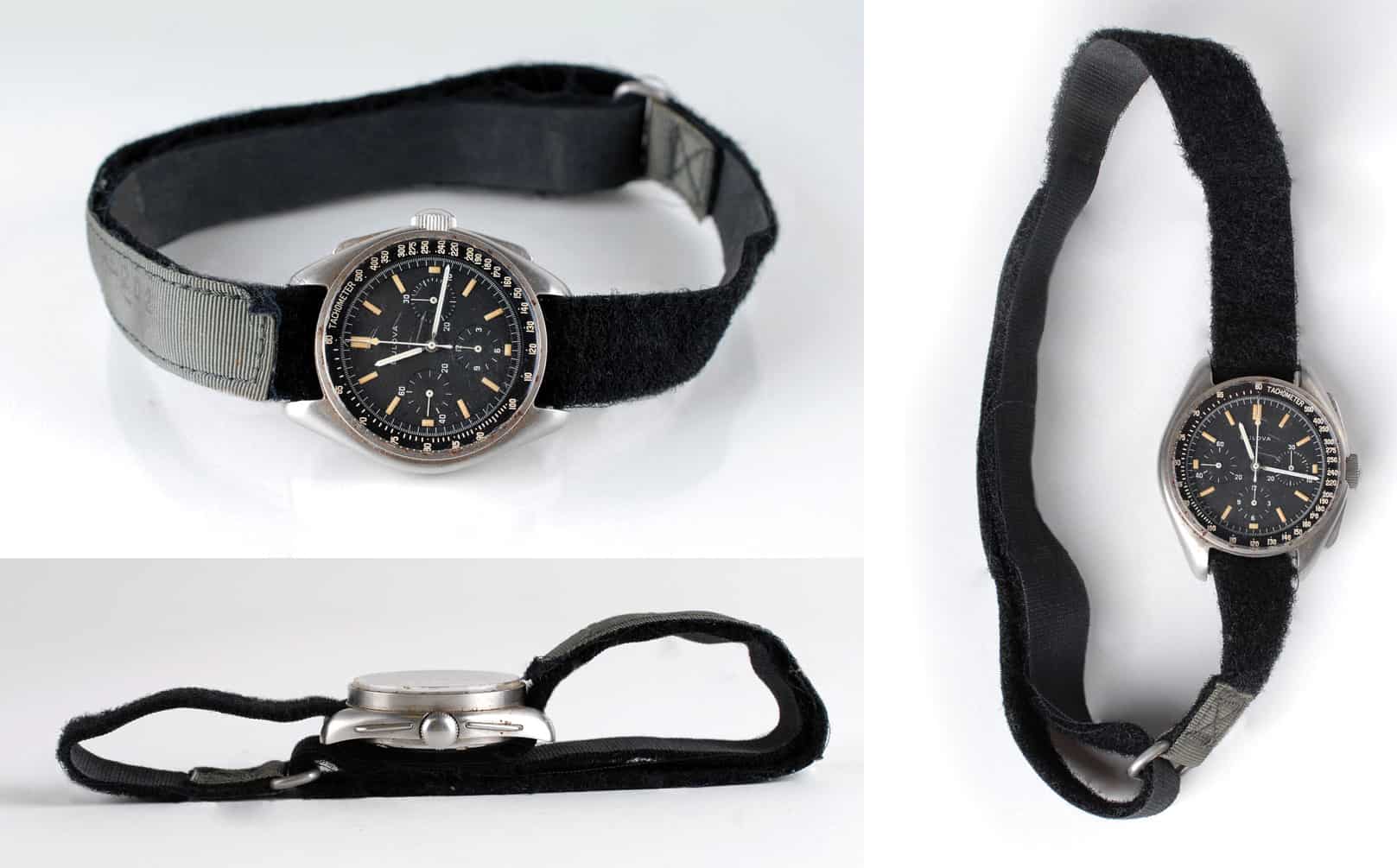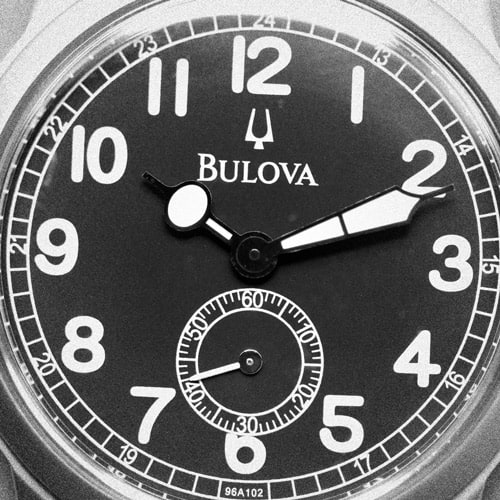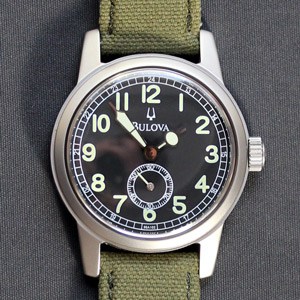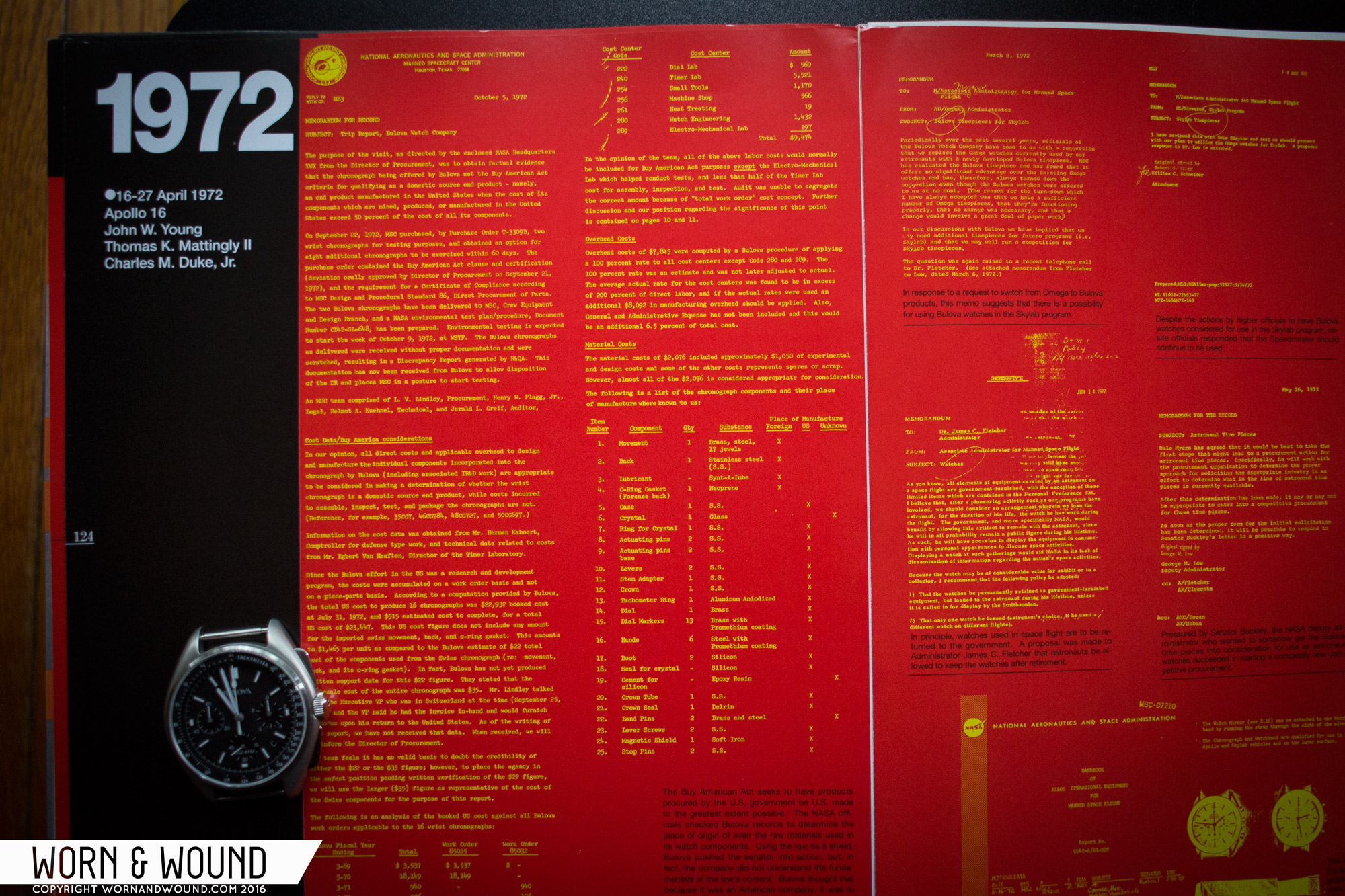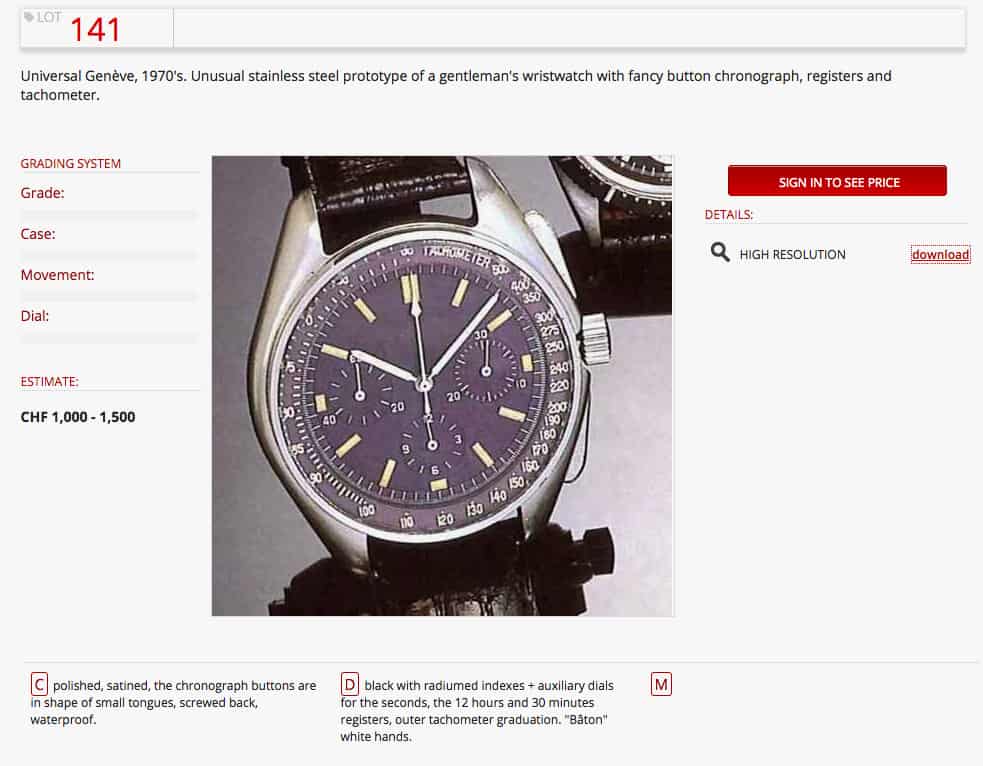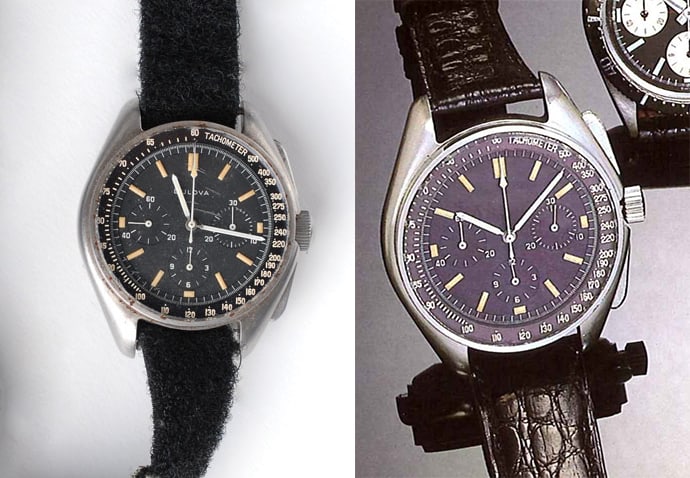I recently got myself the Bulova Moon Watch, a reproduction released by the brand earlier this year. For those of you unaware, the watch is based on an unofficial prototype worn by Astronaut David Scott during the Apollo 15 mission. That watch first came to light in 2015 when it was auctioned and sold for $1,300,000 at RR Auctions. Bulova naturally seized on the hype, and released their homage to that now iconic watch later that year.
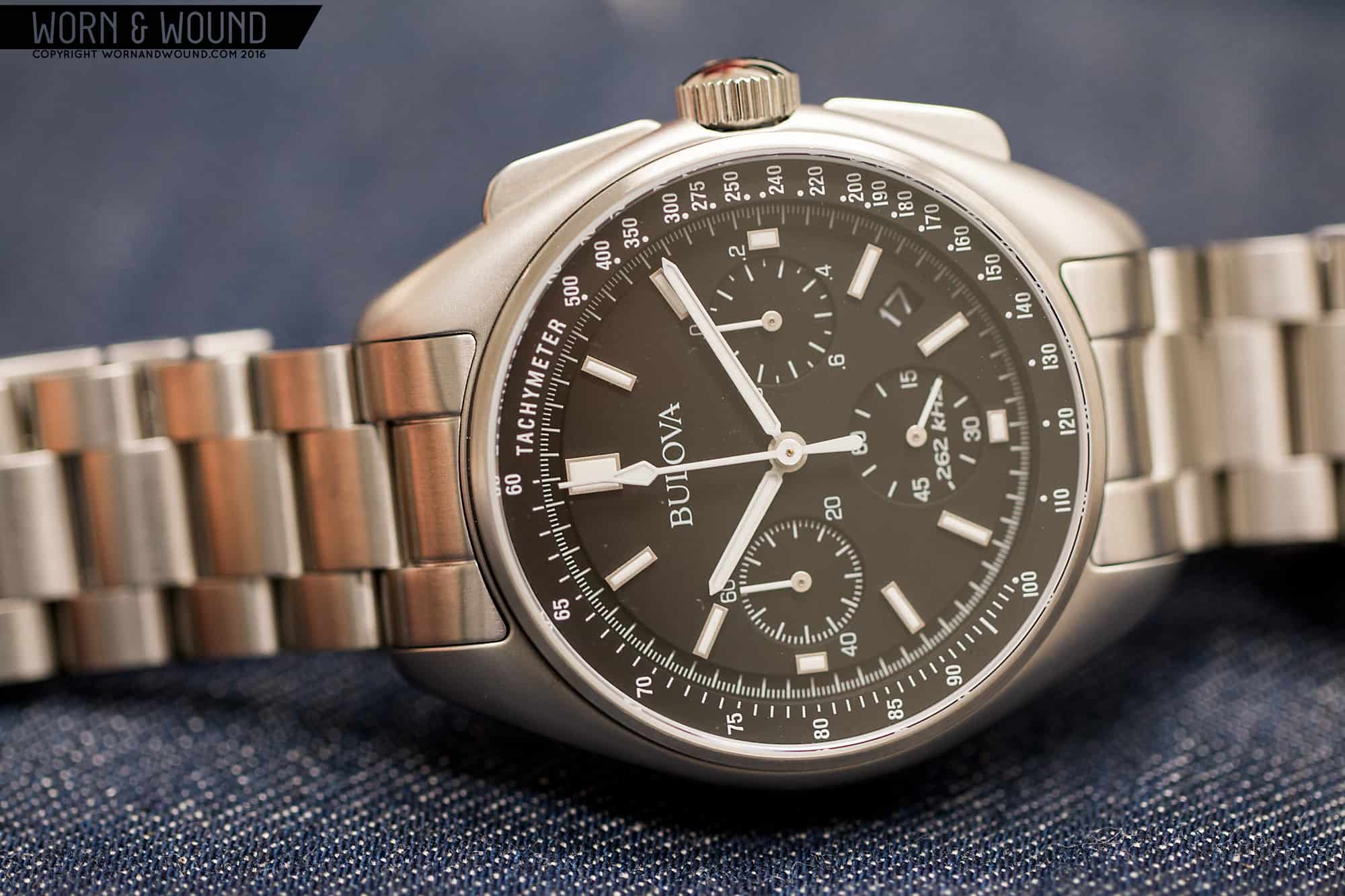
Now, as fascinating as this all is, I prefer to dig a little deeper on the watches I buy, so I started doing some research. Specifically, I wanted to know the differences between the original and the current reproduction, so I started with the movement. In my research, there was confusion whether the original had a Valjoux 72 or 7736. But let’s shelve that for now, because as I dug deeper, I found bits of information suggesting the original watch was actually a variant of the Universal Genève Space-Compax! That was totally unexpected, but being as curious as I am, I found find myself falling down a rabbit hole, one that I learned was filled with many dubious leads.









 Featured Videos
Featured Videos




